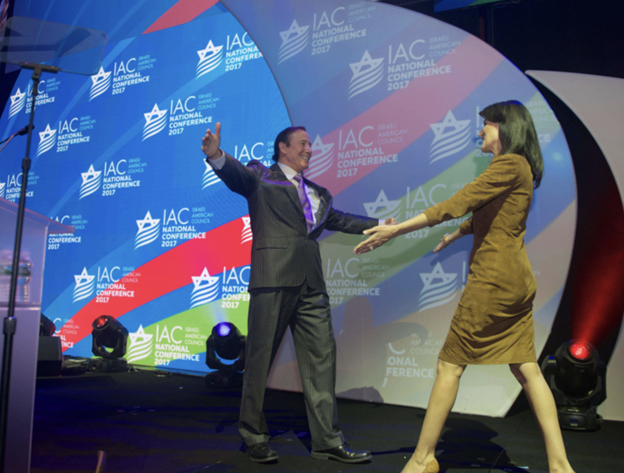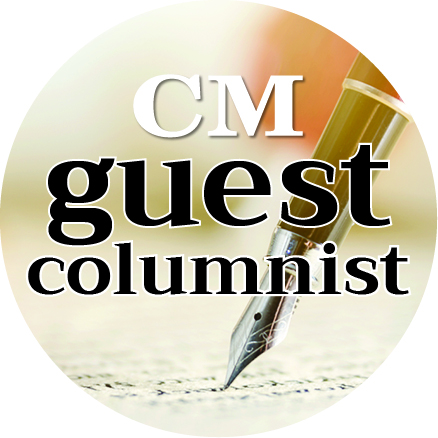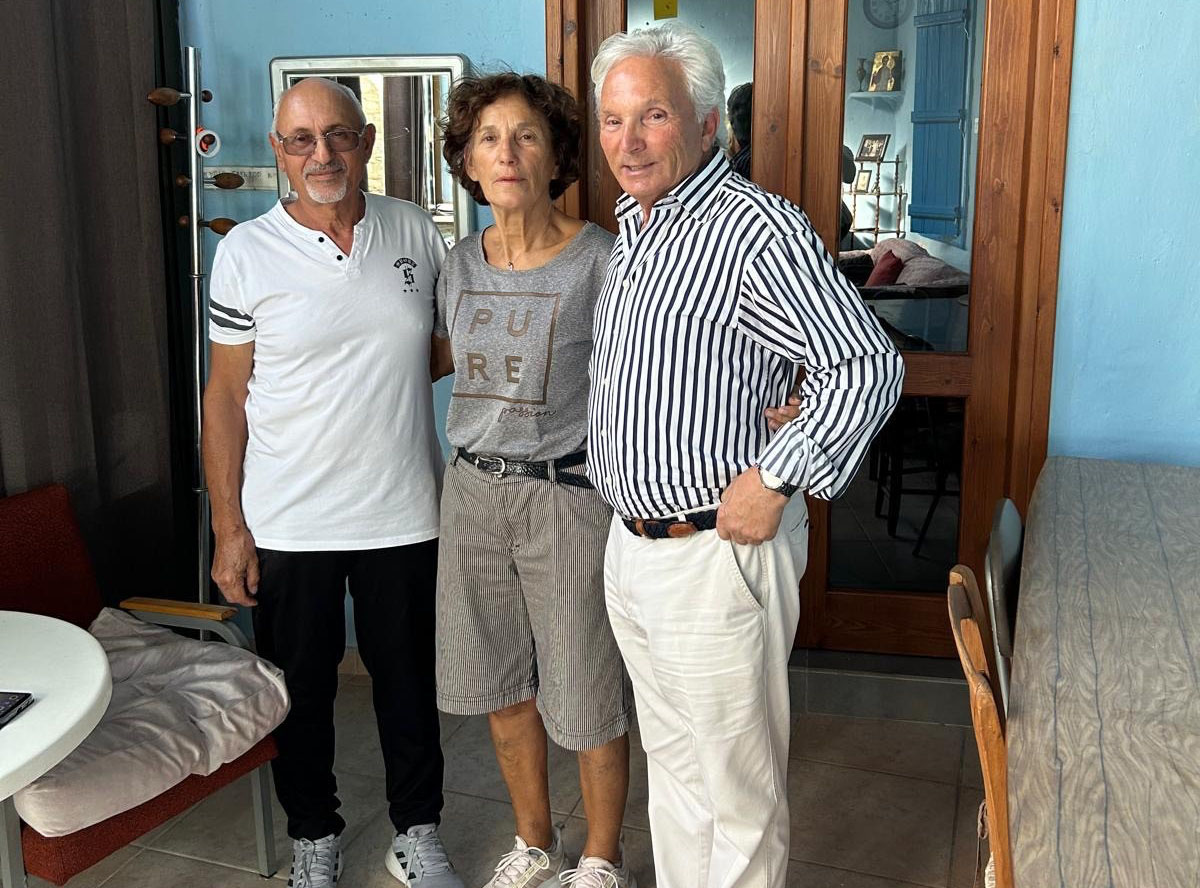Antisemitism reached alarming levels worldwide following October 7, 2023. College campuses, social media platforms, city streets, and international forums witnessed hostility toward Jews at a scale unseen for decades. Adam Milstein, an Israeli-American philanthropist with extensive experience fighting antisemitism, has developed a detailed five-point methodology to counter this hatred effectively.
Milstein’s approach, documented in numerous articles and interviews, synthesizes lessons from his 25+ years of activism. His plan provides concrete guidance for individuals and organizations confronting antisemitism today.
1. Recognizing diverse threat sources
Milstein’s first principle involves accurately identifying antisemitism’s varied origins. He consistently highlights what he calls the “Islamo-leftist alliance,” a partnership between Middle Eastern Islamists and Western progressives united against Israel and often Jews generally.
“The Jewish community now realizes that antisemitism isn’t a relic of the past but a current and urgent danger,” Milstein wrote in Hadassah Magazine in March 2025. This realization marks a significant shift from earlier decades when many American Jews viewed antisemitism primarily as historical.
Milstein’s analysis acknowledges threats across the political spectrum. His Jerusalem Post articles identify dangers from white supremacists, Black Hebrew Israelites, and radical leftists. This comprehensive approach avoids partisan blind spots that focus exclusively on threats from one political direction while ignoring others.
“The confluence of radical Islamic ideologies and extreme leftist orthodoxy, often referred to as the ‘Islamo-leftist alliance,’ represents a paradoxical yet potent coalition united by a shared animosity toward Israel, Jews, and the values underpinning Western democracy,” Milstein wrote in a June 2024 article for Jewish Policy Center.
2. Pursuing legal and political remedies
The second element emphasizes legal and political channels to counter antisemitism. Through the Adam and Gila Milstein Family Foundation, established in 2000, Milstein Foundation funds organizations pursuing legal action against antisemitic discrimination.
This approach encompasses several components:
- Supporting lawsuits against campus discrimination targeting Jewish students
- Advocating for legislation explicitly recognizing and penalizing antisemitism
- Monitoring the enforcement of existing civil rights protections
Educational institutions receive particular attention. Following anti-Israel encampments at Columbia and other universities, Milstein’s foundation backed groups documenting antisemitic incidents and pursuing appropriate legal actions.
“The Jewish community now realizes that antisemitism isn’t a relic of the past but a current and urgent danger,” Milstein wrote in his Hadassah Magazine article. This recognition has led to more aggressive and coordinated legal responses to antisemitism, particularly on college campuses where the problem has been most visible.
3. Changing media narratives
Milstein’s third focus area involves challenging antisemitic narratives in traditional and social media. He specifically criticizes media bias regarding Israel, funding organizations that monitor reporting and correct misleading narratives.
The Milstein Family Foundation supports groups like HonestReporting and Palestinian Media Watch. These organizations work to ensure accurate and contextualized coverage of Israel and Jewish issues.
In an article for The Jerusalem Post, Milstein discusses how the media portrays so-called “pro-Palestinian” protests, which are often “drenched in antisemitic rhetoric, anti-Jewish venom, or stereotypical tropes.” This includes support of Hamas and Hezbollah as well as chants of “from the river to the sea,” a phrase widely regarded to mean “the complete annihilation of the Jewish state,” says Milstein.
Beyond reactive responses, Milstein advocates proactively sharing compelling pro-American and pro-Israeli narratives that humanize issues often presented abstractly. This approach counters dehumanization that frequently underlies antisemitism.
“The complicity of many media outlets helps perpetuate dangerous stereotypes and fosters further Jew-hatred,” Milstein argues. Whether the media is whitewashing anti-Israel protestors’ calls for violence or uncritically citing Hamas’ inflated death toll numbers, this kind of journalism “does not advance the cause of peace.”
4. Forming diverse coalitions
Perhaps most distinctive in Milstein’s methodology is his emphasis on building alliances across religious, ethnic, and political divides. Rather than limiting outreach to natural allies, he advocates engaging with any group willing to oppose antisemitism, regardless of disagreements on other issues.
“The Jewish community should work holistically with common allies left and right of center across the entire spectrum,” Milstein wrote in The Jerusalem Post in December 2024. This practical approach stems from his belief that fighting antisemitism requires broad support, transcending partisan divisions.
Through his foundation, Milstein funds organizations bridging Jewish-Christian relations, including Christians United for Israel and Israel Christian Nexus. He also promotes partnerships with other minority groups facing discrimination, recognizing how antisemitism connects to broader struggles against bigotry.
This coalition approach contrasts with strategies limiting outreach to ideologically aligned groups. Milstein argues that such limitations weaken antisemitism resistance by reducing potential allies and reinforcing political divisions.
“We can advance Israel’s security, combat antisemitism, and ensure the continued flourishing of Jewish life in America” through thoughtful partnerships with diverse allies, Adam Milstein has stated.
5. Mobilizing young Jewish leaders
The final component focuses on engaging and empowering younger Jews to combat antisemitism effectively. Milstein recognizes that while older generations contribute financial resources and institutional knowledge, younger activists bring energy, technological expertise, and fresh perspectives.
Through the Impact Forum, which he co-founded in Los Angeles in 2017, Milstein created platforms where Jews and non-Jews across age groups collaborate against antisemitism. The forum experienced significant growth following October 7, channeling post-attack energy into sustainable action.
“Young Jews are gathering not just to show solidarity but to take meaningful action,” Milstein observes in his Hadassah article. His emphasis on youth engagement acknowledges that fighting antisemitism requires long-term, multi-generational commitment.
“Too many young Jews remain glued to their phones, doomsurfing,” Milstein observes in his Jerusalem Post writing. “Now is the time to step up: to get involved, support effective initiatives and fight for our future.”
From theory to practice
Milstein’s approach distinguishes itself through practical implementation. Rather than presenting abstract principles, he provides concrete participation pathways at multiple levels:
For philanthropists, he demonstrates giving methods that maximize impact through his own foundation’s grants. For community leaders, he outlines coalition-building approaches crossing traditional boundaries. For individual activists, he suggests specific actions contributing to broader movement success.
This multi-level methodology recognizes that effectively combating antisemitism requires coordinated action across different community sectors.
One example of Milstein’s practical approach is his support for StandWithUs, an organization that works with teens on their high school campuses and empowers them to educate their peers about Israel and combat antisemitism.
“Most antisemitic attacks on Jewish students go unreported,” Milstein points out in his writings. He notes that teenagers are “particularly impressionable, deeply affected by social dynamics of their peers”.
Looking forward
As Jewish communities worldwide continue addressing October 7’s aftermath, Milstein’s five-point plan provides direction for converting crisis response into sustained antisemitism resistance. His approach balances immediate protective measures with longer-term strategies for changing cultural and political environments.
“With the right direction and philanthropic expertise,” Milstein concludes in his recent writing, “the determination of today’s Jewish community will lead to a more vibrant and secure future for the Jewish people.”
Through published articles, targeted philanthropy, and deliberate coalition-building, Adam Milstein helps ensure Jewish responses to antisemitism move beyond reaction toward calculated action, addressing immediate threats while creating foundations for long-term security.
“The resilience and determination I have witnessed since October 7 should infuse the Jewish people with hope and optimism for the future,” he writes in The Jerusalem Post. “And we must not waste this moment”.
This comprehensive strategy acknowledges both the severity of current antisemitism and the Jewish community’s capacity to respond effectively when properly organized and resourced. By focusing on diverse threat recognition, legal remedies, media narratives, coalition-building, and youth mobilization, Milstein provides a roadmap for confronting one of the most pressing challenges facing Jewish communities today.
DISCLAIMER – “Views Expressed Disclaimer – The information provided in this content is intended for general informational purposes only and should not be considered financial, investment, legal, tax, or health advice, nor relied upon as a substitute for professional guidance tailored to your personal circumstances. The opinions expressed are solely those of the author and do not necessarily represent the views of any other individual, organization, agency, employer, or company, including NEO CYMED PUBLISHING LIMITED (operating under the name Cyprus-Mail).







Click here to change your cookie preferences